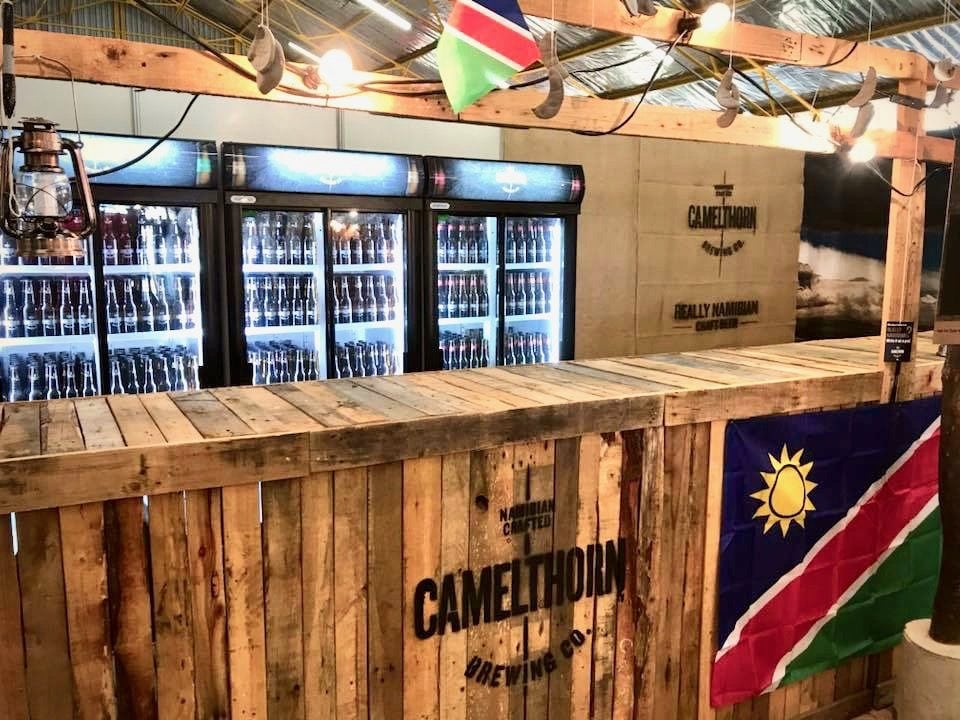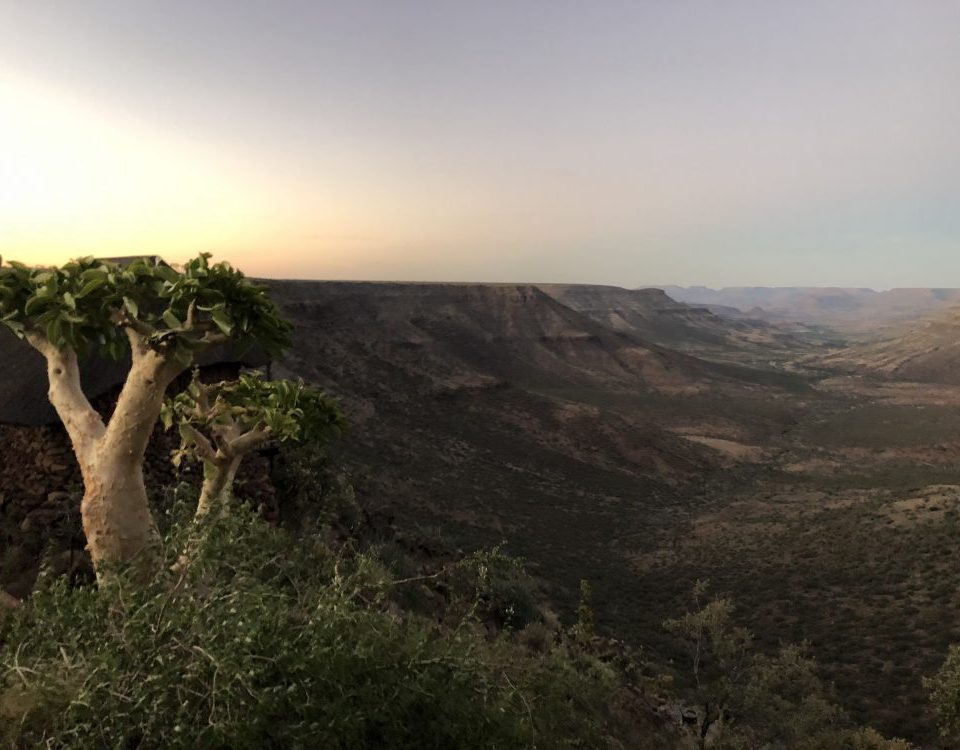July 13, 2018
April is a reflection. A reflection of a good rainy season. A reflection of tall, slender makalani palm trees in the crystal-clear surfaces of oshanas (meaning pans in Oshiwambo) brimming with fresh rainwater and lined with lilies. This year is no exception. And the Owambo Region in the north becomes one of the most scenic and inviting parts of the country. It beckons you to delve into its colours, flavours and vibrant liveliness. Immerse yourself in a heart-warming culture with which about half of Namibia’s population identifies. Linger off the beaten track by linking your Etosha trip with Owambo and make the most of the last days of summer.















